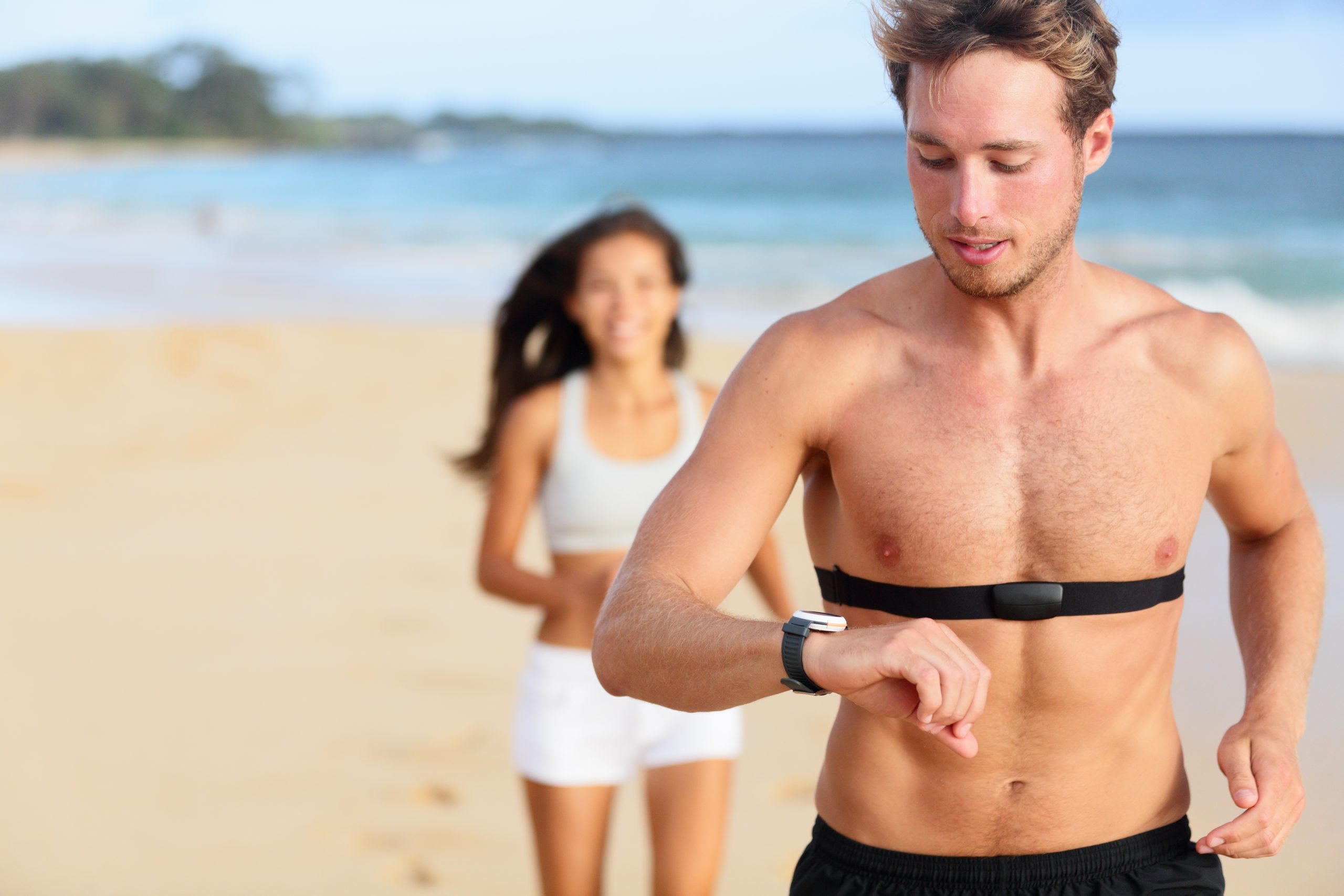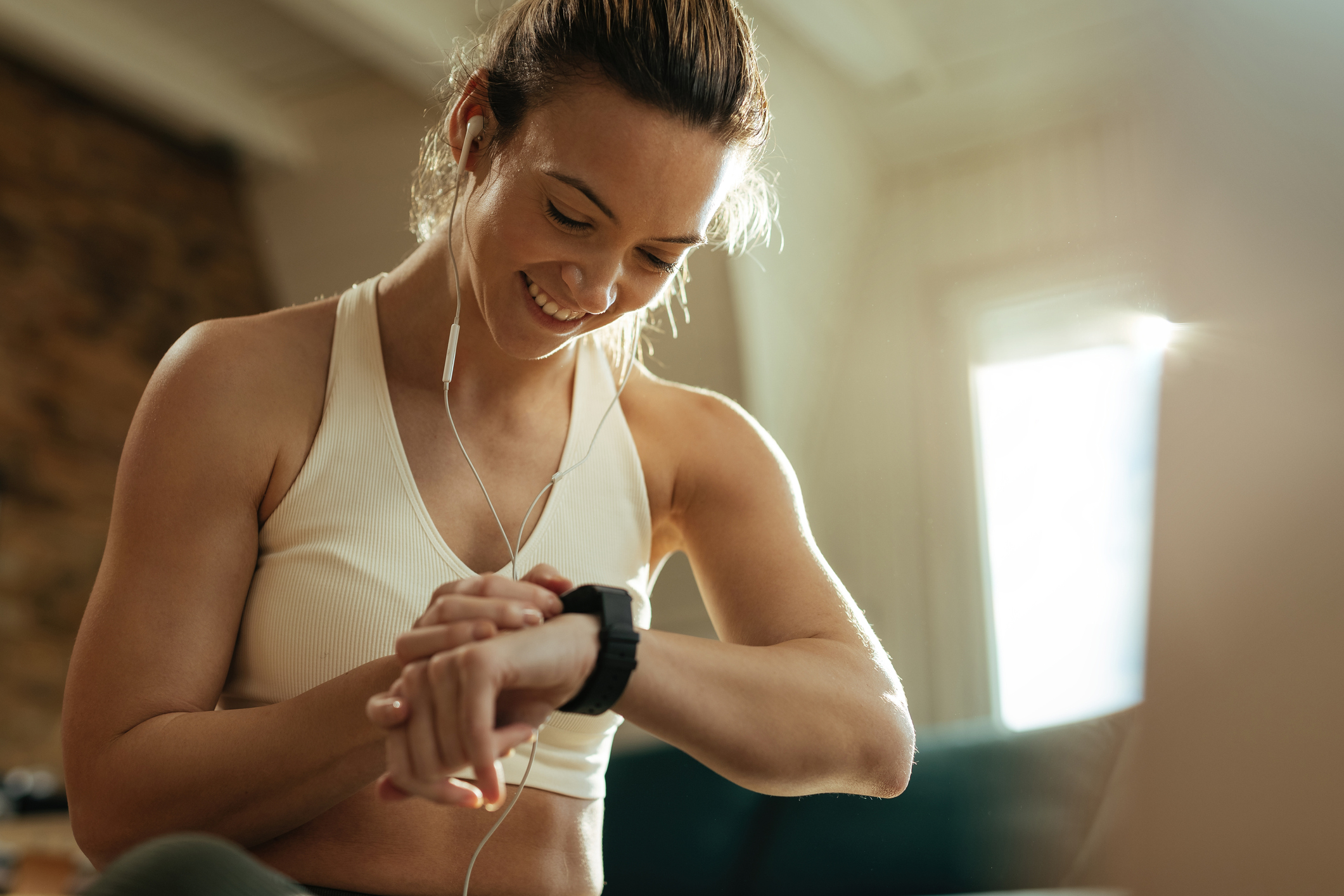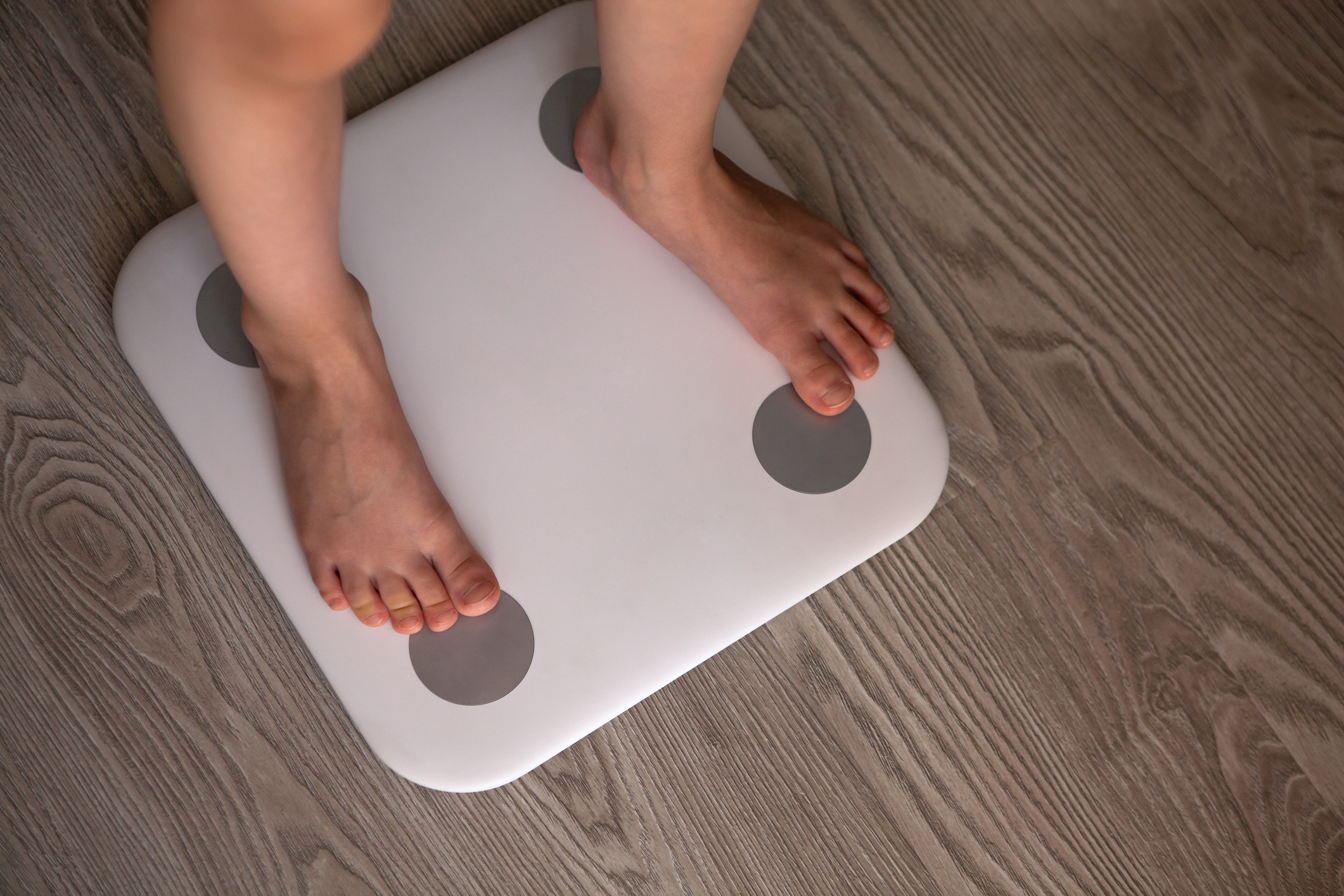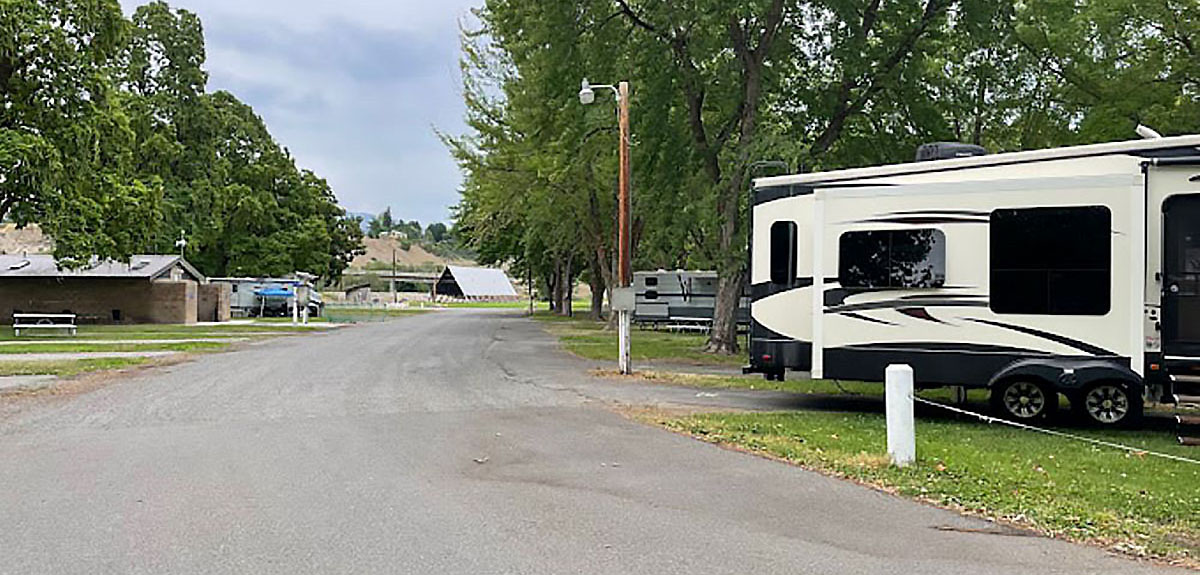Heart Rate Monitors and Tech to Keep You Fit on the Road
Staying Healthy with Smart Health Equipment
Image Caption: A smartwatch can be a great way to track your fitness. (Image from Getty)
As a dedicated adventurer, your RV camping trips are likely packed with tons of outdoor fun. While you’re out hiking, paddling, or biking through some of the country’s incredible parks, why not keep track of your activity? After all, knowing how many calories you burned scaling that mountain might be nice when dessert time rolls around.
Fitness monitors are a great way to get the most out of your outdoor activities and stay fit. Getting your heart pumping is fantastic for your cardiovascular health and the Mayo Clinic recommends at least 150 minutes of moderate aerobic activity (50-70% maximum heart rate) each week. Whether you’re a decorated triathlete or an exercise novice, fitness monitors offer additional fun and measurable elements to your favorite activities.
With the rise of smartphones, activity, and fitness tracking options have become more advanced. Differing from the simple step counters and heart rate monitors of yesteryear, today’s fitness tech can measure more complicated parameters like blood oxygen, elevation change, average pace, and much more. These gadgets are also often accompanied by phone apps that also allow you to keep track of things like water intake, calorie consumption, sleeping habits, weight, and even emotional wellbeing.
Not every person has the same needs or interests when it comes to fitness gear, so let’s go over some of the great options out there and find what will work best for you.
Heart Rate Monitors
One of the simplest ways to measure your activity is a heart rate monitor. You wear the strap around your chest, and it picks up the electrical signals from your heart in real-time. Although these have been around for decades, today’s models come with a dedicated wristwatch that will display your data or sync up to your smartphone via Bluetooth.

A heart rate monitor is a good way to track your exercise. (Image from Shutterstock)
A heart rate monitor is a great choice for people who want to keep their fitness tracking straightforward and aren’t interested in a bunch of bells and whistles. In addition, proper heart rate monitors that are worn directly over the heart have been proven to be more accurate than wrist-worn monitors.
Smartwatches
Now if you are indeed looking for all the bells and whistles, smartwatches are the way to go. Companies have made incredible strides over the last 10 years by developing impressive all-in-one fitness tracking in a little box on your wrist. Fitness-oriented smartwatches have a bunch of dedicated micro sensors built in that can measure the direction and vigor with which your body is moving.
You can even select specific activities on your watch (such as running, swimming, indoor spinning, cross-training, etc.), fine-tuning how your activity is measured to produce the most accurate data. Smartwatches also seamlessly connect with your phone so you can view messages and answer calls without skipping a beat.

A smart watch can provide you with entertainment and workout tracking eliminating the need to do it manually. (Image from Getty)
One added bonus of smartwatches is that many come with extensive and thorough apps for your smartphone. Not only do they summarize your activity, but they allow you to keep track of your lifestyle (diet, sleep, etc.) and offer great coaching tips to reach specific goals. If you want to work out four times a week, your watch can let you know that Sunday has arrived, and you’ve only gotten three in so far.
Shoe Inserts
You can also wear your fitness tracking device on your feet. A variety of manufacturers make smart shoe inserts that are either a small pod-like module that fits into specially made shoe designs or a full sole that can slide into any pair of shoes. Like other trackers, these inserts communicate with your smartphone to provide activity updates and summaries.
One of the major benefits of the shoe insert option is convenience. You don’t need to remember to wear your watch or monitor. Simply slide on your shoes and get on your way. In addition, some of the more advanced sole models use pressure sensors to evaluate your running form and cadence and will remind you to make adjustments as needed.
Smart Scales
Keeping track of your fitness goals doesn’t only happen when you’re out and about. A smart scale can be a valuable addition to your health-oriented tech. These modern scales do so much more than simply measure your weight.

Modern smart scales can tell you a lot more than just your weight. (Image from Getty)
You’ll enjoy access to new parameters such as body fat percentage, skeletal muscle composition, body water percentage, bone mass, and more. The accompanying apps will also keep track of how these values change over time, allowing you to see your progress which helps reinforce healthy activity levels.
There’s tons of new and exciting stuff out there in the world of fitness technology. Whether you’re training for your 50th marathon or would just like to start walking more often, there are some great tech options to help you monitor and make progress towards your fitness goals.





